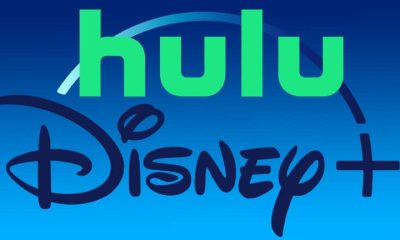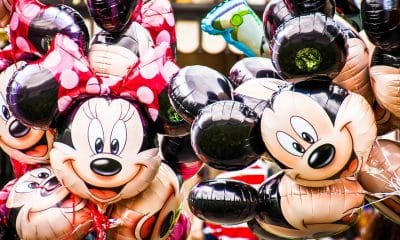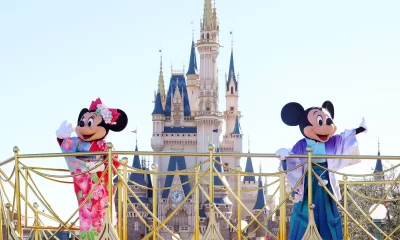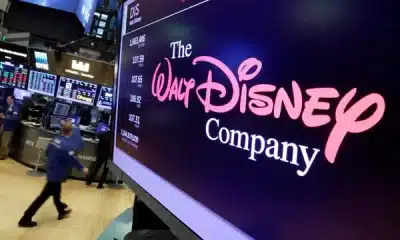Business
Disney Has A Price Problem. It Has Ambitious Plans To Fix That
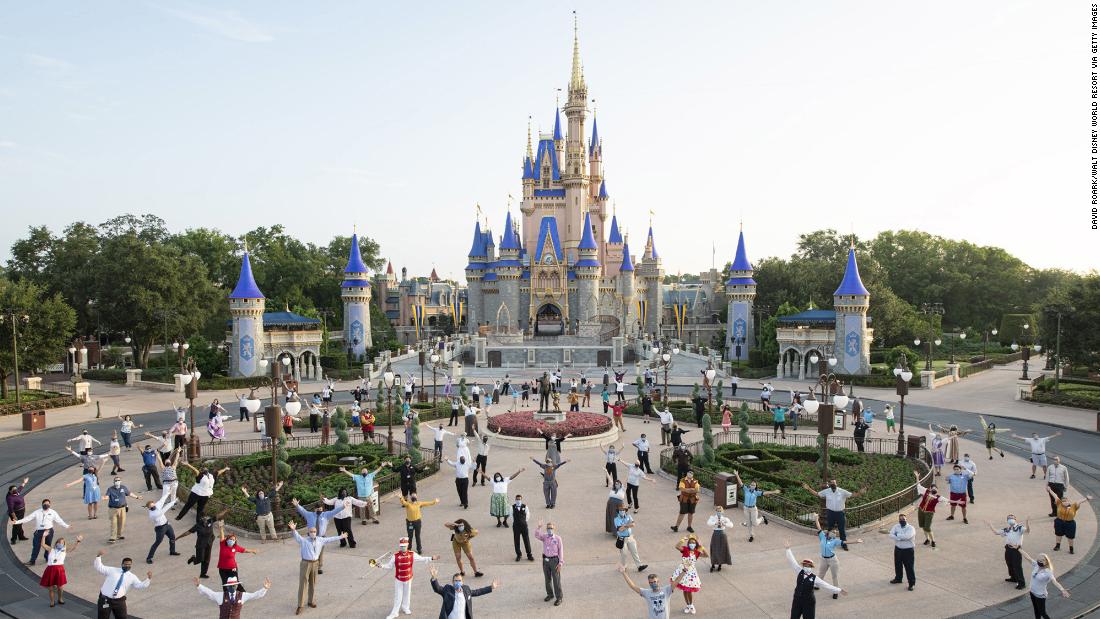
Disney just revealed a massive slate of projects for parks and cruises in front of 12,000 of its most devoted fans, who will most likely return to Disney’s theme parks to experience those new offers, regardless of the cost.
However, whether a frequent visitor or a first-timer, Disney’s price increases and a global inflation issue have left many families unable to afford journeys to witness the technological feats and fantasy immersion that the “Happiest Place on Earth” promises.
Disney Has A Price Problem. It Has Ambitious Plans To Fix That
“It is not news that a Disney trip is expensive, but the magnitude and speed of price increases over roughly the past five years was jarring to many respondents, and we do not believe similar increases over roughly the next five years are feasible,” a Raymond James survey of 20 Disney “superfans,” travel agents, and Orlando-area business owners found.
In its August 7 earnings report, Disney cautioned that domestic park attendance was falling behind projections as customers become more price-conscious. Profits at US parks decreased in the last quarter, from April to July. On the company’s earnings call, Hugh Johnston, Disney’s CFO, stated that similar results may be expected in the coming quarters.
In an interview with CNN, Josh D’Amaro, chairperson of Walt Disney Parks and Resorts, stated that the firm will continue to offer a variety of pricing and alternatives to retain visitors.
“What we will continue to do is make sure we provide as much access and flexibility as we possibly can, so as many of our fans can experience these things as possible,” D’Amaro told reporters.
In response to criticism about excessive prices, Disney has continuously promoted lower-cost ticket alternatives and “value season” bargains at its resort hotels to encourage families to visit, even with a limited budget.

CNN Image
Disney is one of many corporations facing declining client spending. The travel industry’s demand is cooling, signaling the end of the “revenge travel” fad that emerged in the months following the lifting of pandemic restrictions. Consumers spent more freely with stimulus money in their bank accounts, making up for a year of missed vacations.
D’Amaro expressed confidence that Disney will be able to overcome these challenges.
“We have proven ourselves to be incredibly adept at managing through situations where there’s some change in consumer behaviour,” he told me. “We have even more sophistication in our ability to deal with any of these fluctuations, whether it’s through precise promotional deployment, or management of cost or engagement with our guests.”
The new announcements, promising guests the opportunity to ride through the “Encanto” casita, fight a battle in Wakanda, or experience an ominous villain-themed land, are all part of Disney’s $60 billion investment in parks and cruises over the next decade—an investment that will need to be paid for overtime with consumer dollars.
However, according to Tom Bricker, co-founder of DisneyTouristBlog.com, Disney’s big investment does not guarantee that ticket prices will be raised immediately. This is basic economics.
“Costs will rise as demand increases, which may occur as a result of new additions. Right now, demand is flat or dropping,” Bricker added, referring to the most recent earnings report, which projected the decrease in attendance may endure until 2025. “The opening of Universal’s Epic Universe in 2025 will most likely have a detrimental influence on Walt Disney World attendance. It will not be catastrophic—Epic Universe will attract more visitors to Orlando, who will also visit Disney—but it will be detrimental in the short run.”
As a result, Bricker said park guests should expect more parades events and discounts in the coming year as Disney strives to keep people visiting, especially since the new regions and rides will be under development for some time.
Even with this, the current price of Disney tickets compared to previous years is prohibitively expensive for some families.
Shortly after Disneyland in California opened in 1955, visitors could pay $2.50 for entry plus ten rides. Adjusted for inflation, the $2.50 would be worth $28.74 today. When Disney World in Florida opened in 1977, entry and a book of tickets for seven rides cost $8. In 2024 dollars, that would be $61.66.
The cheapest one-day tickets to Disneyland and Walt Disney World during the “value” season cost $104 and $116.09, respectively.
However, when the parks opened, admission rates were just a single park with significantly fewer attractions than a Disney guest may enjoy today. Disneyland Resort now includes two parks with over 65 attractions, while Disney World has four theme parks and two water parks, totaling over 150 attractions.
Don Munsil, who runs MouseSavers, a travel website that keeps historical data of Disney rates, highlighted that “value” tickets have climbed by less than 1% each year over the last ten years. However, the number of dates on the calendar when these prices apply has decreased.
On the high end, Munsil said that the most costly single-day ticket to only one park during peak season at Disneyland in California ($194) had climbed by an average of 7% each year over the last decade. A similar peak season ticket at Disney World in Florida ($201.29) has risen by an average of 6.4% yearly.
The hikes in these peak tickets have outpaced inflation during the same period.
According to MouseSavers, tickets for a family of four to hop between the Walt Disney World parks for four days during peak season would cost around $3,098 in 2024, excluding additional services such as access to speedier “Lightning Lanes,” which were formerly free.
That is around double what they cost ten years ago and 3.6 times the amount twenty years ago.
Paid entry to Lightning Lanes, launched at Disney World in 2021, can cost between $17 and $41 per person per day, depending on the park and season.
Certain popular rides are excluded, however. For example, using the Lightening Lane for “Star Wars: Rise of the Resistance” would cost an additional $25 per person.
However, Munsil points out this is the cheapest theme park “express” service available. He stated that Universal’s express pass costs between $105 and $310 per person per day, depending on the number of parks and selections. Cedar Point charges $95 to $120 per guest each day, and Busch Gardens charges $60 to $150 per person, per day.
The fan community complains that this used to be free at Disney parks. Transportation from the Orlando airport to Disney World property was previously free for Disney hotel guests, but this service has been discontinued.
Disney Has A Price Problem. It Has Ambitious Plans To Fix That
Food and souvenirs in the parks are likewise significantly more expensive.
According to the Disney Food Blog, a Mickey ice cream bar cost $2.59 15 years ago. Adjusted for inflation, it should cost $3.78 in 2024, yet the price is $6.29.
Light-up speciality balloons cost $15 in 2015. Adjusting for inflation, that style of balloon would cost $19.60. In 2024, the balloon costs $20. So not everything in the parks is outpacing inflation.
Victoria Wade, the author of the content, said: “In recent years, there has been a feeling that the fans have been nothing more than dollar signs and that our feedback wasn’t taken seriously since the return to normality with the pandemic.”
Wade stated that the perceived volatility of Disney leadership and the addition of previously free paid items and experiences “led to a lack of trust between the company and the community.”
However, Wade stated that the main announcements made at the Disney fan convention, D23, gave her the impression that the corporation is listening to input, such as the addition of a new nighttime parade at Magic Kingdom, which faithful visitors had asked for a long time.
Munsil stated that Disney parks are “expensive, yes, but there’s nothing else on Earth like them.”
SOURCE | CNN





